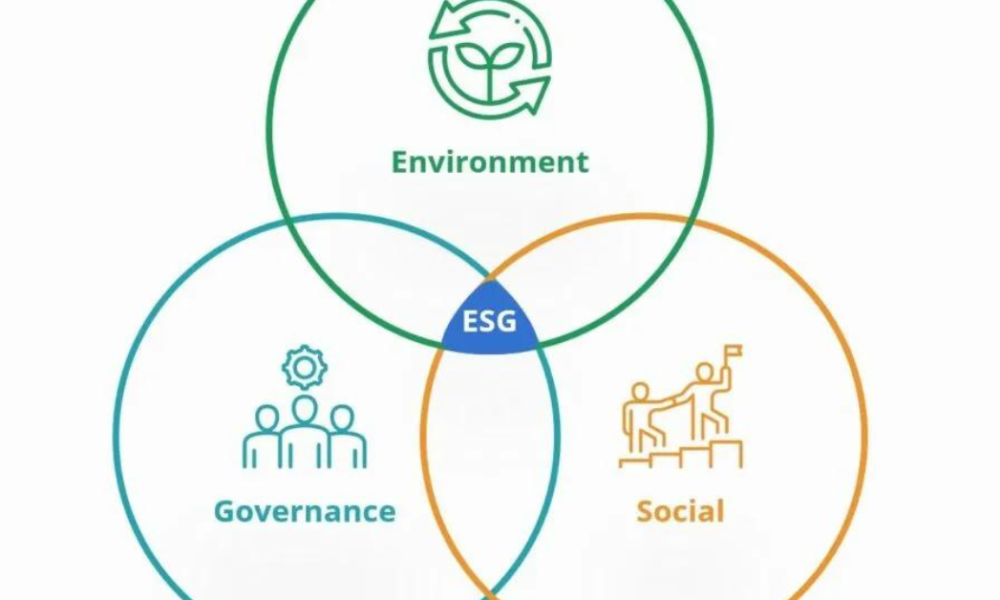
ESG (Environmental, Social, and Governance) in Lending
In recent years, there has been a growing recognition of the importance of Environmental, Social, and Governance (ESG) factors in the financial industry. As the world faces pressing global challenges, such as climate change, social inequality, and corporate governance issues, lenders have a crucial role to play in promoting sustainable finance. At Finaskills Consult, we believe in the power of ESG integration in lending, and in this blog post, we’ll explore how it benefits both lenders and borrowers.
Understanding ESG in Lending:
ESG encompasses a range of factors that evaluate the environmental, social, and governance practices of borrowers. When lenders consider these factors in their lending decisions, it not only helps mitigate risks but also promotes sustainable outcomes. ESG integration involves assessing the environmental impact of a borrower’s activities, evaluating social and community considerations, and analyzing the effectiveness of their governance structures and practices.
Benefits of ESG Integration in Lending:
1. Risk Mitigation:
By incorporating ESG factors into lending decisions, financial institutions can better assess and manage risks associated with environmental and social issues. For instance, evaluating a borrower’s environmental practices helps identify potential risks related to climate change, resource depletion, or regulatory compliance. Similarly, considering social factors helps lenders assess reputational risks and the impact of a borrower’s activities on local communities. Evaluating governance practices ensures transparency, accountability, and ethical behavior.
2. Enhanced Long-term Performance:
Companies that prioritize ESG practices tend to exhibit better long-term financial performance. By lending to borrowers with strong ESG credentials, lenders can support sustainable businesses that are well-positioned to adapt to changing market dynamics, regulatory shifts, and evolving consumer preferences. This can lead to improved loan performance and reduced credit risks over the long term.
3. Meeting Stakeholder Expectations:
ESG integration in lending aligns with the expectations of various stakeholders, including investors, regulators, and customers. Stakeholders increasingly seek financial institutions that demonstrate a commitment to sustainable finance. By incorporating ESG factors into their lending practices, lenders can attract socially responsible investors, comply with regulatory requirements, and meet the evolving expectations of their customers.
4. Positive Impact on Society and the Environment:
ESG integration in lending can drive positive social and environmental outcomes. By supporting borrowers that prioritize sustainability, lenders contribute to the transition to a low-carbon economy, promote social equity, and foster responsible governance practices. This aligns with the broader global goals of achieving environmental sustainability, reducing inequalities, and promoting responsible business conduct.
Implementing ESG Integration:
To implement ESG integration in lending, financial institutions can:
– Develop ESG policies and guidelines for lending decisions.
– Enhance due diligence processes to assess ESG risks and opportunities.
– Collaborate with borrowers to improve their ESG practices.
– Offer preferential terms and incentives for borrowers with strong ESG credentials.
– Monitor and report on the ESG performance of borrowers in their loan portfolios.
Conclusion:
ESG integration in lending is crucial for driving sustainable finance and creating a better future. By considering ESG factors in lending decisions, financial institutions can mitigate risks, enhance long-term performance, meet stakeholder expectations, and make a positive impact on society and the environment. At Finaskills Consult, we are committed to helping lenders navigate the complexities of ESG integration and embrace sustainable finance. Let us be your trusted partner in incorporating ESG principles into your lending practices and driving positive change.
